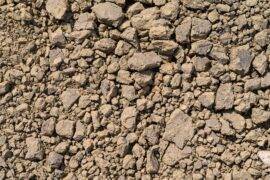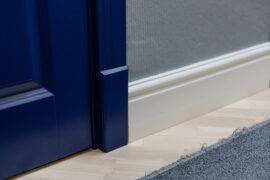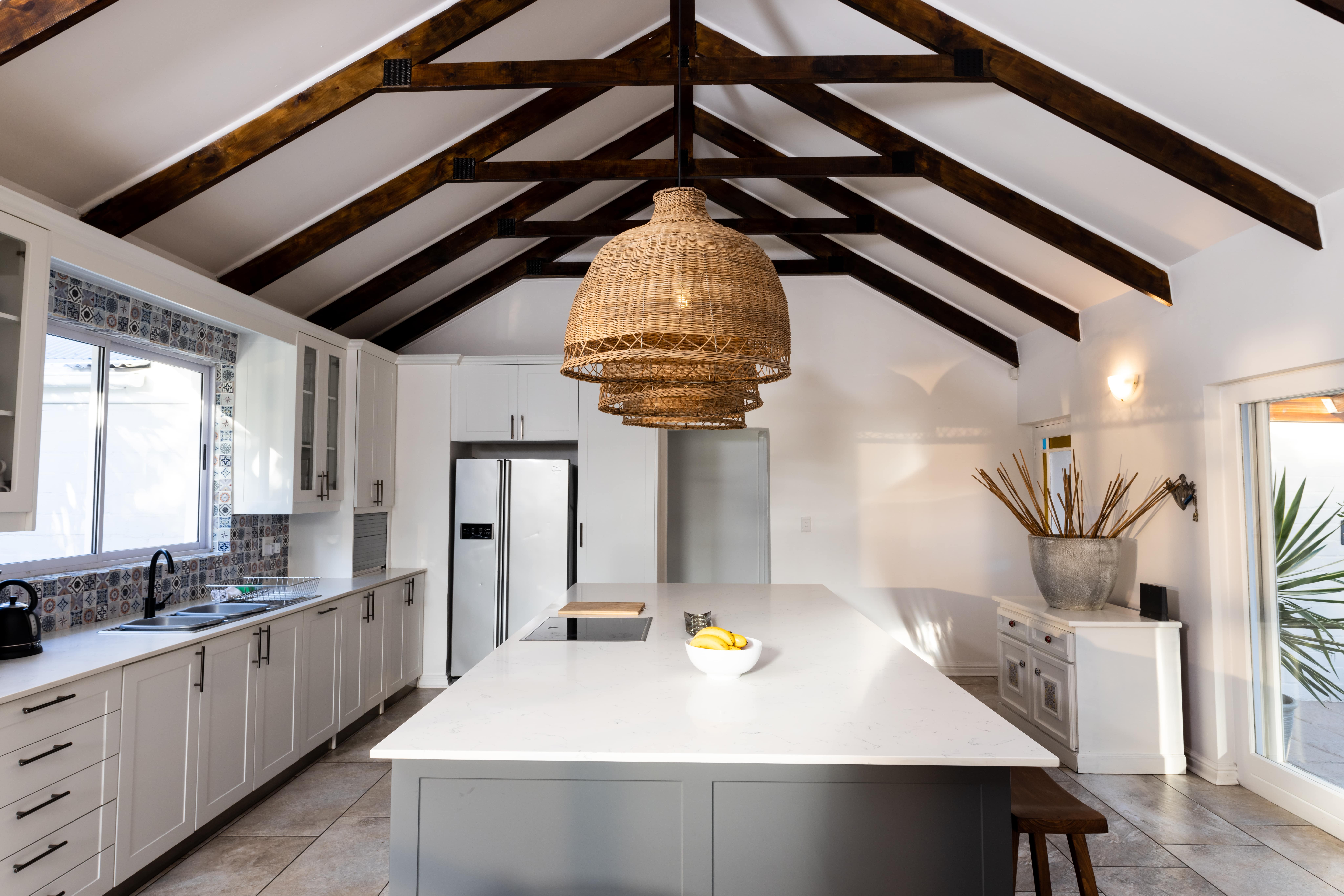Although it’s hard to consider amidst a hot summer, imagine you’re in the middle of a brisk winter, and outside heavy snow flakes are falling at a rapid pace. You’ve just enjoyed a long, hot shower, but you dread the icy chill that hits your bare skin as you open the shower door. You prepare for the freezing gust, and immediately grab the nearest towel. Stepping onto the tile would generally present another uncomfortable experience, but luckily you’ve recently invested in radiant heating. Instead of a cold stone touch, your bare feet are greeted with a warm, cozy contact.

As most people know, warming a home is an expensive endeavor and, depending on where you live, not one you can afford to forego. As technology improves, there are plenty of new options for efficiently heating your home. One new choice that has recently grown in popularity is radiant heating – which is the process of installing heat transfer systems in the floor, walls or ceilings of a home. For most, installing heating in the flooring of a home is the most practical option – especially for those considering updating their floors.
Some people assume that radiant flooring options limit you in style and design – but the choices are nearly limitless. In fact, radiant heat can work under almost any type of flooring. The best choices, however, are the flooring materials that transfer heat best. For a home in an area that experiences particularly cold winters, the best conductors are tile and stone. However, carpet and laminates are not ideal.
If you’re considering updating your floors with the classic, beautiful look of natural stone or ceramic tile, consider adding in radiant heating. It is a far less expensive method than many traditional heating systems and can provide you the comfort your bare feet crave on a cold winter’s eve.












